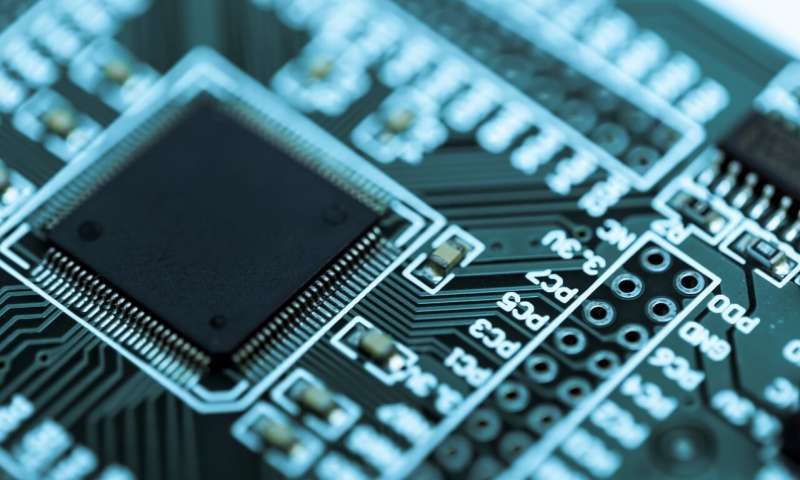Scientists have designed a 2-D material-based
multi-stacked structure comprising tungsten disulfide (WS2) layer
sandwiched between hexagonal boron nitride (hBN) layers that
displays long-range interaction between successive WS2 layers with
potential for reducing circuit design complexity and power
consumption.
A 2-D perspective: Stacking materials to realize a low power
consuming future



